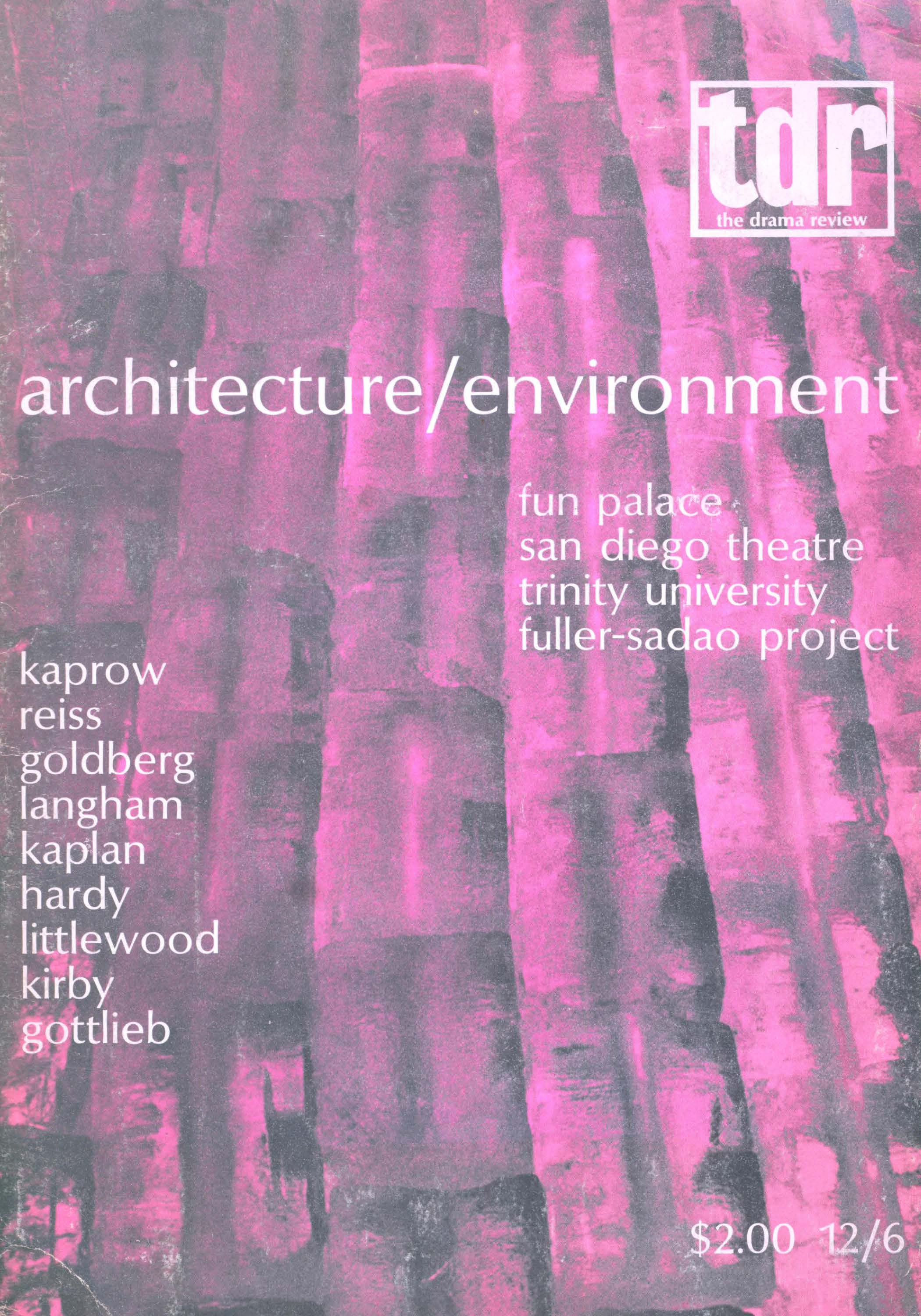Article contents
The Mask: Abstract Theatre, Primitive and Modern
Published online by Cambridge University Press: 07 December 2021
Extract
“We have forgotten entirely that the primary symbol of the theatre is the mask…. In the mask lies a law, and this is the law of the drama. Non-reality becomes a fact.”
—Yvan CollTo the modern temperament and to its artists, in a manner that will undoubtedly remain modern in generations to come, the main stream of theatre art in this century is clearly associated with developments in the visual and plastic arts. The sequence is apparent; from Gordon Craig (and Neo-Romanticism) through the Futurists, Dada, the work of the Russian formalists, the Expressionists, the Surrealists, the Bauhaus, and so on, to the work of the present day that draws in various ways upon this background. We perceive ever more clearly in this work an underlying intention: the creation of an abstract theatre. Its symbol, and that which clearly represents its function and aesthetics, is the mask—or the masked actor whom Craig called the Übermarionette.
- Type
- Research Article
- Information
- Copyright
- Copyright © 1972 The Drama Review
References
The title photo is a ceremonial mask worn by the Nunivak tribe, reproduced from The North American Indian, Vol. 20, by Curtis, Edward S. (1930).Google Scholar
- 2
- Cited by


